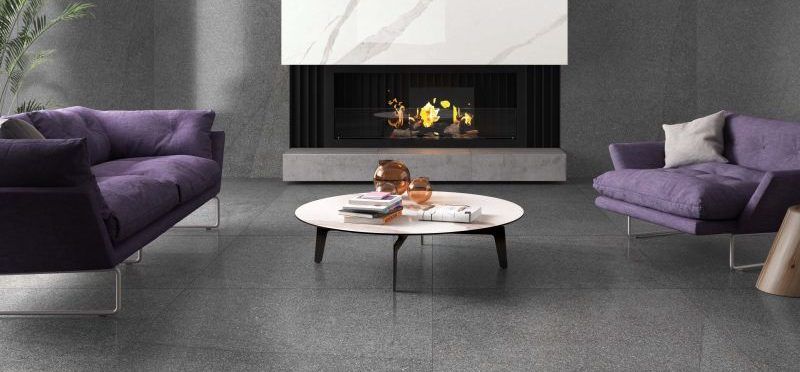Tiling in Different Climates

We are fortunate to enjoy the breathtaking changes of all four seasons in BC—winter, spring, summer, and fall. Believe it or not, climate does have an effect on different tile material inside and outside the home. Therefore, it can be tricky to select the right tile for all season. Before you begin your next tiling project, be sure to read up on some important information regarding tiling in different climates.
TIPS & TRICKS FOR SEASONAL TILING
· Like concrete, cool tile floors are ideal in hot climates. Therefore, you may want to install radiant heating in a cooler climate like the West Coast.
· For humid rooms, such as bathrooms, a moisture barrier or underlay beneath the tile (sealed appropriately) will protect your floor no matter what season.
· Tile is hard and unforgiving and can be noisy. Area rugs and anti-fatigue mats are the perfect solution for hard (and cold) tile floors in the kitchen and bathroom.
· During wetter seasons, floor tiles with built-in vapor barriers are easy to install and keep your basement and lower floors protected from floods or leaks.
· Water-resistant tile is an ideal option for door fronts during winter. Melting snow from footwear can soak carpeting and cause mold and mildew problems you don’t want.
· Summer is the perfect time to enjoy the cooling effects of tile on the feet in the bathroom and kitchen floor, no area rugs required.
· For hot and humid summers, vinyl tile works well in wet areas of the home, from basements to bathrooms. You can choose vinyl tile that replicates the luxurious appearance of wood for a modern aesthetic.
· Porcelain is also an excellent hard tile that resists humidity, as long as the grout is properly sealed,
· Use a grout sealer on a regular basis to keep tile looking fresh any time of year.
WHAT TO AVOID
· Tile floors in cold climates without radiant heat installed.
· Major outdoor tiling projects are best avoided until spring since exterior tile installations can be difficult to handle due to freezing winter thawing and contracting.
· Neglecting to seal natural stone tiles may result in stains and moisture seeping in and damaging the tile.
TYPES OF TILE TO USE
Fireplace: Tile that specifies it is ‘heat resistant’; natural stone such as travertine, slate, limestone, and marble; ledgestone (stack-stone), ceramic, glass, and porcelain.
Sauna: Ceramic, vinyl (although it won’t last as long), and natural stone tile.
Outside: Porcelain pavers, ceramic, concrete, slip-resistant marble, granite, slate, and wood tile for decks.
Bathroom: Ceramic, terracotta, vinyl, natural stone like marble, granite, and limestone; wood, linoleum, cork, glass, metal, cement, slate, porcelain, pebble, and mosaics of any tile material.
Kitchen: Ceramic, porcelain, mosaics of any tile material, glass, terracotta, metallic, natural stone, and stained concrete tile.
Basement: Water-resistant ceramic, and vinyl tile.
Our dedicated team at City Tile are happy to help you choose the best tiling material, no matter what the season. Depending on what type of beautiful tile you choose, you’ll be singing Let it Snow! without any sarcasm at all!